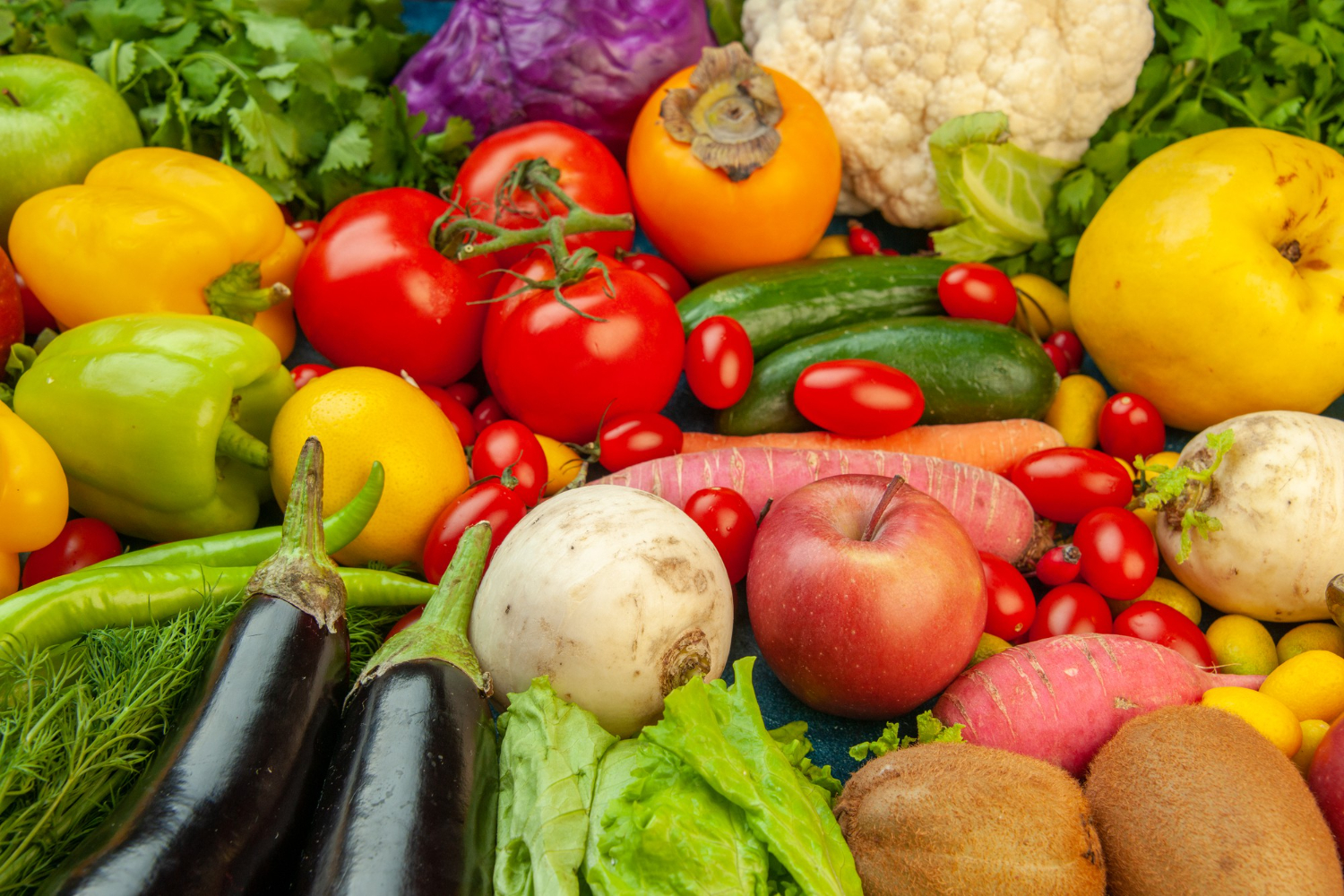Welcome To All Care Medical Center LLC

By Admin
May 06, 2023

for lose weight you need to follow these 5 Simple Steps for Creating a Personalized Diet Plan
The first step to creating a personalized diet plan is assessing your health goals. What do you want to achieve? Are there any specific conditions or diseases that run in your family? Do you have any food allergies or sensitivities that must be taken into consideration when creating a meal plan for yourself?
Once you've identified these issues, consider how they will affect the rest of your life and lifestyle. Do certain foods help alleviate symptoms related to an existing condition, like irritable bowel syndrome (IBS)? Is there anything else in my life that would make it difficult for me to stick with this new eating plan--for example, am I busy all day long at work and don't have time for cooking healthy meals every night? Or am I retired and have plenty of free time on my hands but hate spending hours preparing food just so I can eat something healthy!
Once these questions are answered satisfactorily for yourself, consult with a doctor or nutritionist about what kind of diet might work best given all those factors listed above.
In this step, you'll learn about the three macronutrients: carbohydrates, proteins and fats. You'll also calculate your caloric needs and figure out your macronutrient ratios.
This step is essential if you want to lose weight and keep it off. The best way to do this is by creating a grocery list based on the foods that are allowed on your diet plan. Then go shopping for those items at the store or online (if ordering online).
Once all of the food has arrived at home, store them in their proper places so they're easy for when mealtime arrives!
If you're like most people, your diet probably isn't as healthy as it could be. So now that you've got a personalized plan for what to eat and when, how do you make sure that you stick with it? The best way is through developing healthy habits. A habit is something that becomes automatic over time; once we develop a habit of doing something (like eating three meals per day), we don't even have to think about it anymore because our brains just do it automatically!
So how do we develop these good habits? First of all, try setting aside some time every day where all of your meals come from the same list of foods--for example: breakfast could be oatmeal and fruit; lunch could be salad with chicken breast or tuna fish; dinner could be brown rice pasta with marinara sauce on top. This way everything will have similar nutritional profiles so there won't be any surprises when calculating calories later on down the line...and best yet? It'll save tons of time during prep time!
Next up: get enough rest! Studies show that lack thereof can lead directly back into obesity issues since lack thereof makes us more prone towards overeating due to stress levels being raised too high throughout each day (which affects appetite).